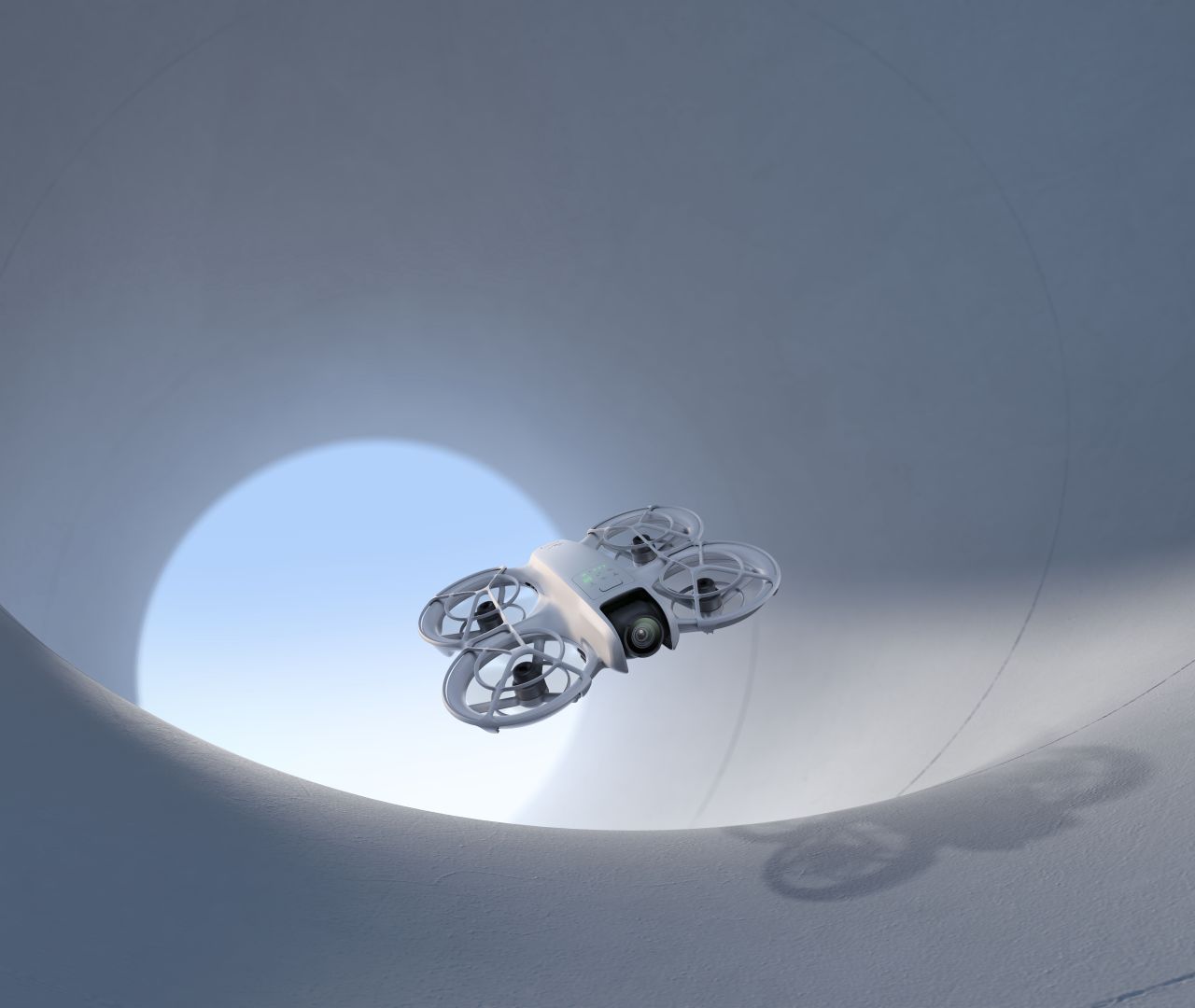Drones have come a long way since their inception, evolving from clunky private industry tools to sleek, portable gadgets designed for social media enthusiasts. DJI, a leader in the drone market, is now making another attempt to capture the hearts of influencers and casual flyers alike with its new compact drone, the Neo, priced at an accessible $199. This blog post will delve into the features and implications of this latest offering in the world of flying cameras.
A Nostalgic Comeback
It’s hard to forget the buzz surrounding DJI’s Spark when it was launched in 2017. Aimed at selfie enthusiasts, this palm-sized drone won over many with its gesture controls and sub-$500 price tag. Unfortunately, it faded into the background when DJI replaced it with the highly successful Mavic Mini series. Fast forward to today, and DJI seems eager to dive back into this compact segment, promising consumers an updated experience with the Neo.
Neo: Specifications and Features
- Size and Weight: At just 135 grams (0.3 pounds), the Neo is noted as DJI’s lightest drone to date, making it exceptionally portable.
- Flight Time: Neo can stay airborne for approximately 18 minutes per charge, which poses limitations but emphasizes its lightweight design.
- Remote-Free Control: In a significant departure from traditional drones, users can operate the Neo without a remote, appealing directly to an influencer-driven market.
- Safety Measures: Caged blades enhance safety for beginners, reducing the chance of accidents—a thoughtful design by DJI.
- AI Integration: The navigation system incorporates subject tracking and a variety of AI-driven shooting modes, expanding the creative horizons for users.
The Influencer Focus
DJI’s Neo appears to target the rapidly growing category of content creators who are always on the lookout for lightweight, user-friendly drones to enhance their social media feeds. With a compact size and innovative controls, the Neo aims to emulate the Spark’s initial success while avoiding pitfalls. The question remains, however: how big is the market for palm-sized drones, and will this model gain traction with creators who’ve already been burned by similar products like Snap’s Pixy?
Market Validation and Competitors
Despite the uncertainty surrounding the demand for mini-drones, DJI’s re-entry into this space signifies faith in the potential of compact flying devices. Competing products, like the Hover drone, are making waves in the same market, offering strong alternatives to consumers. DJI’s dominance in the mainstream drone sector gives it an edge, but it’s essential to see if the Neo’s features can entice current non-users—especially when they have plenty of options.
The Road Ahead
The Neo is currently available for presale, though its shipping date is yet to be confirmed. As it rolls out, we will keep a keen eye on customer feedback and market performance. The launch comes at a time when advanced photography is more accessible, making it an exciting moment for aspiring pilots. However, are consumers ready to invest in another palm-sized drone, or will they remain skeptical?
Conclusion
As DJI continues to innovate in the drone space, the Neo represents an intriguing twist on a device that once stood at the forefront of social media technology. While the design and features suggest potential for popularity, the sustainability of this product in the competitive landscape remains to be seen. For now, enthusiasts and influencers will have to decide if this drone is worth the leap.
At fxis.ai, we believe that such advancements are crucial for the future of AI, as they enable more comprehensive and effective solutions. Our team is continually exploring new methodologies to push the envelope in artificial intelligence, ensuring that our clients benefit from the latest technological innovations.
For more insights, updates, or to collaborate on AI development projects, stay connected with fxis.ai.

